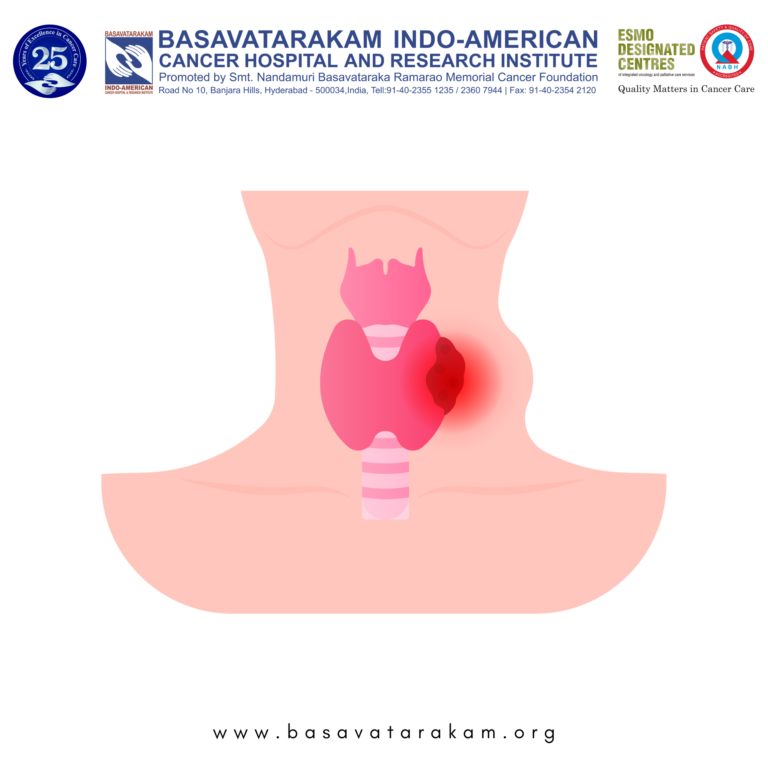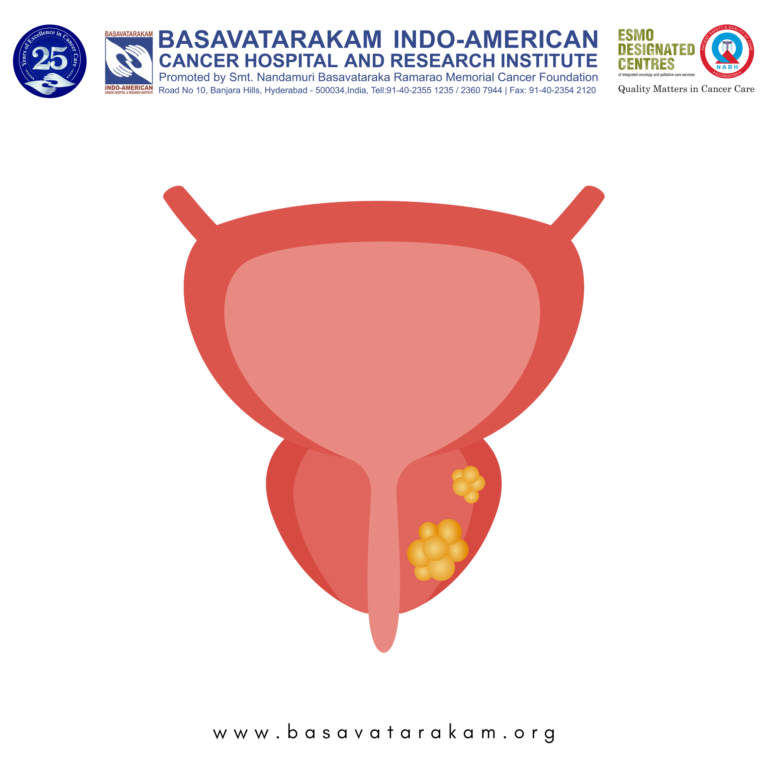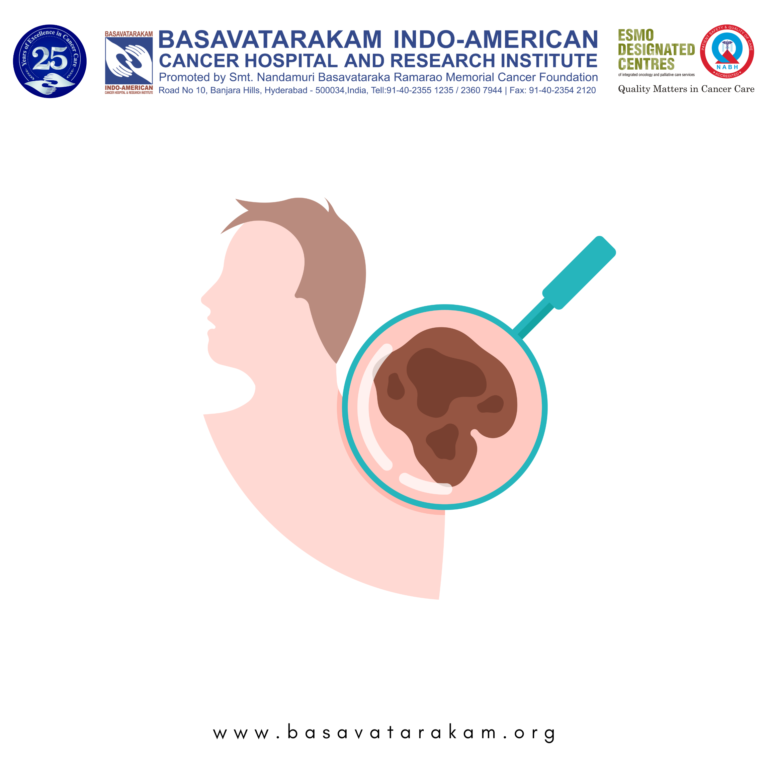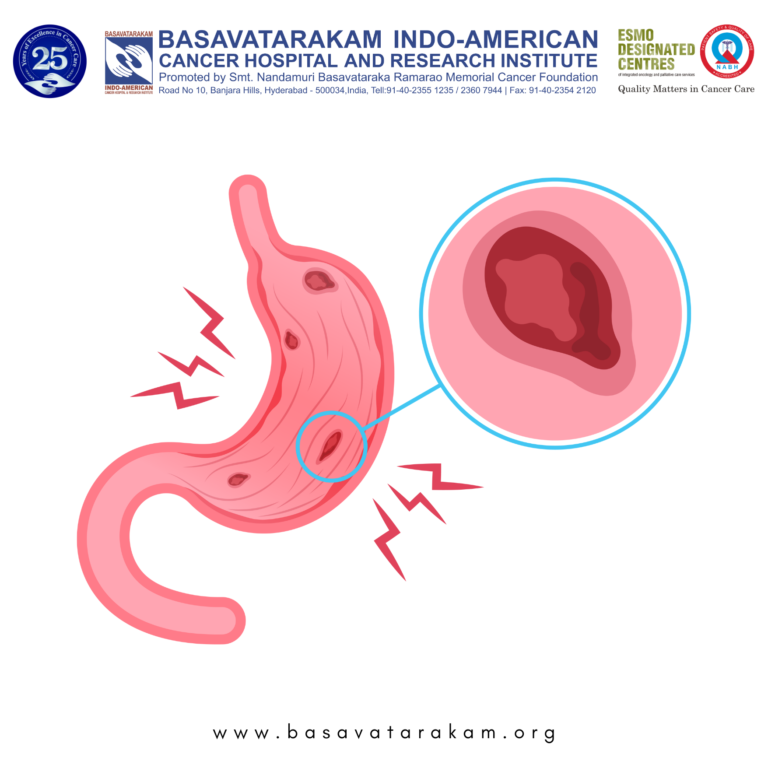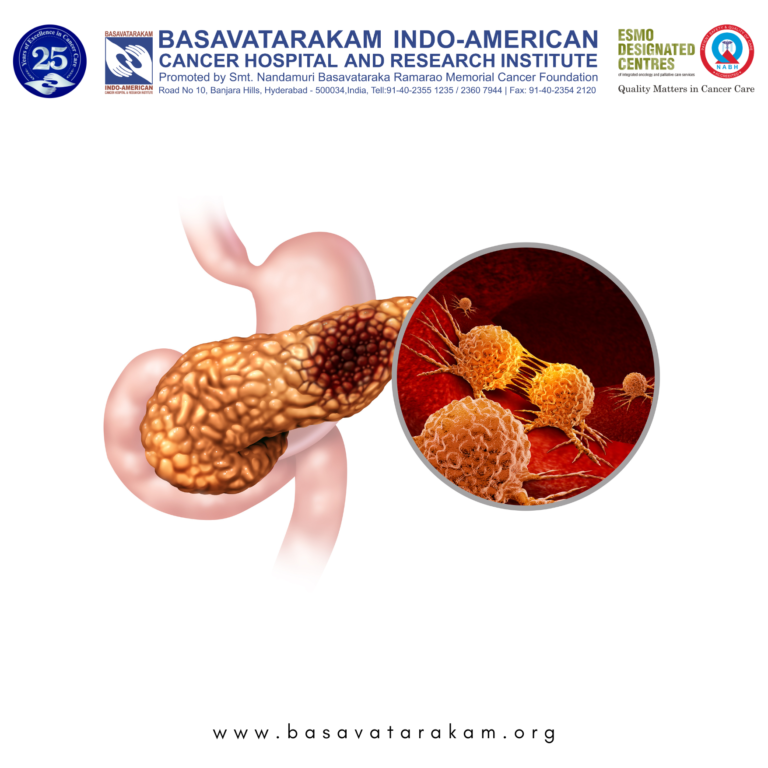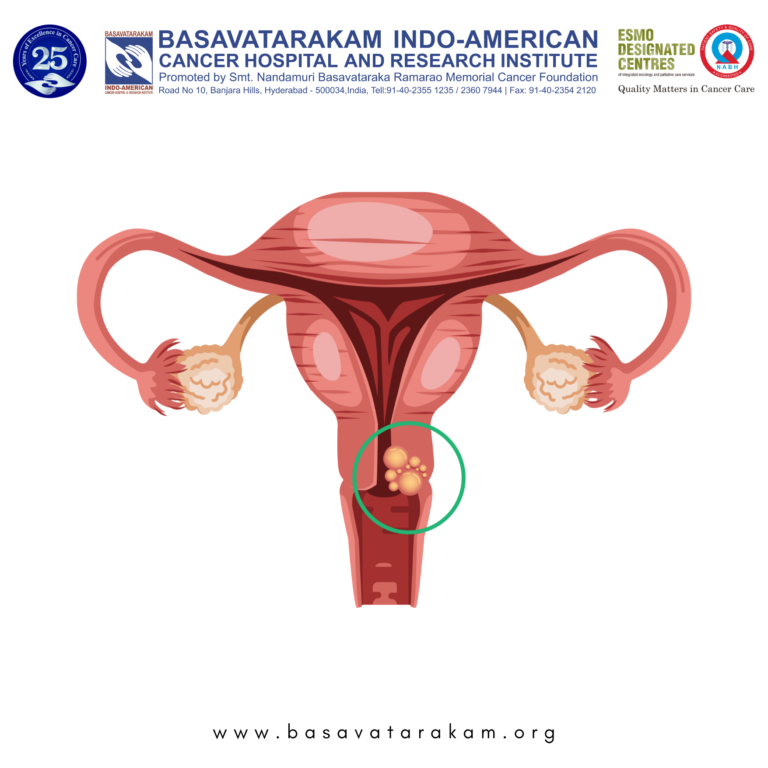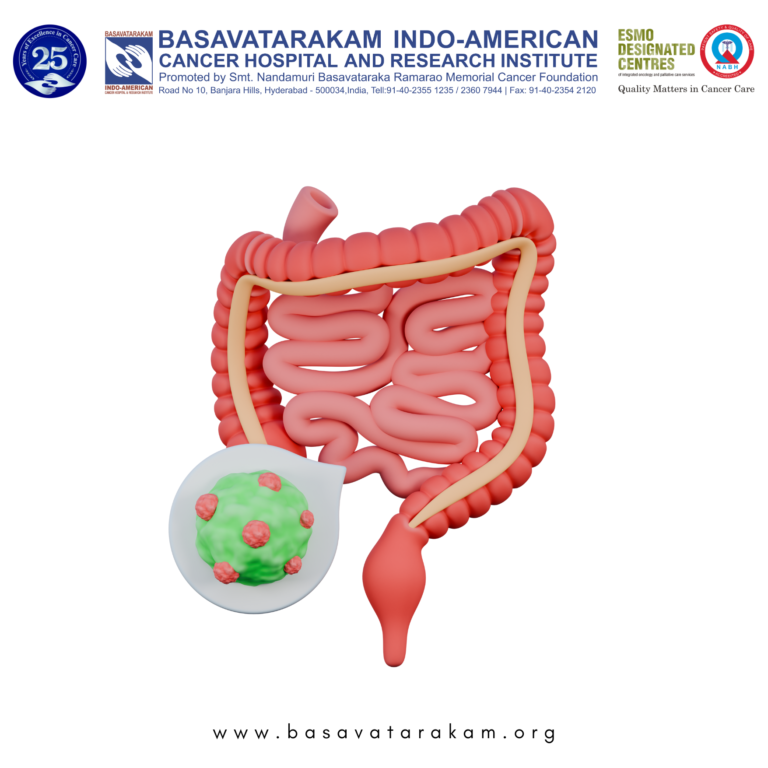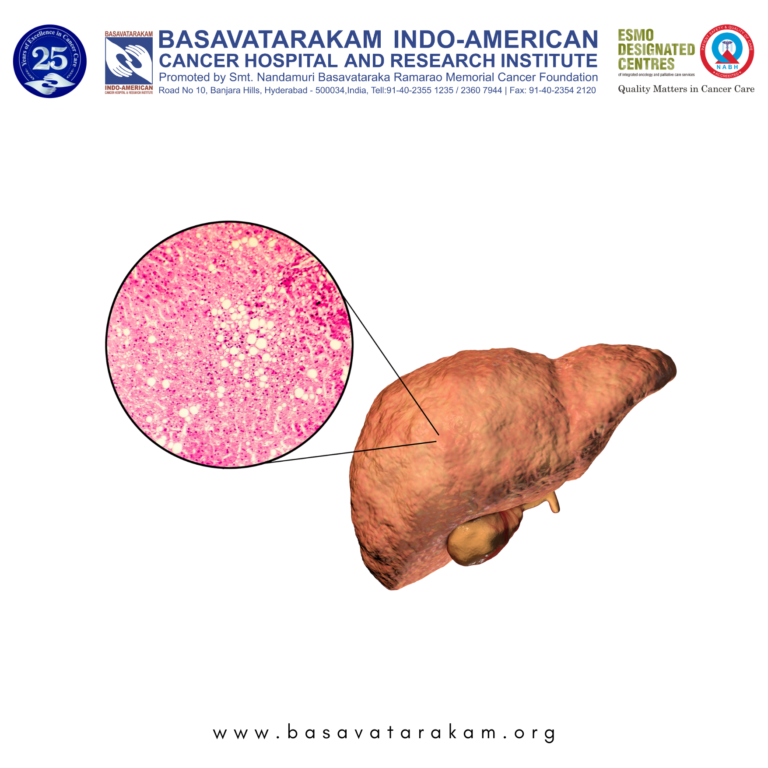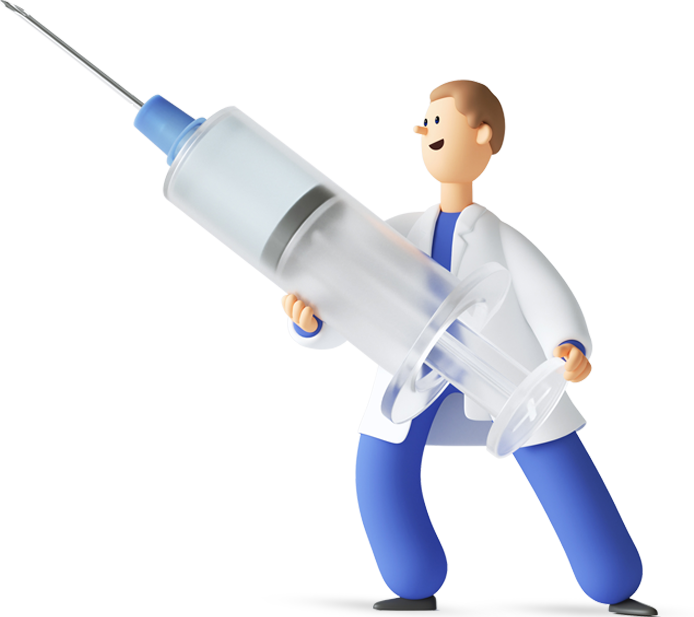what is cancer ?
Cancer is a group of diseases where abnormal cells in the body grow and divide uncontrollably. These cells can invade nearby tissues and may spread (metastasize) to other parts of the body, disrupting normal body functions and threatening life.
Unlike normal cells, which grow, divide, and die in a controlled way, cancer cells continue to grow without stopping. They may form a lump (tumor), destroy healthy tissue, or travel through the blood or lymphatic system to form new tumors elsewhere in the body.
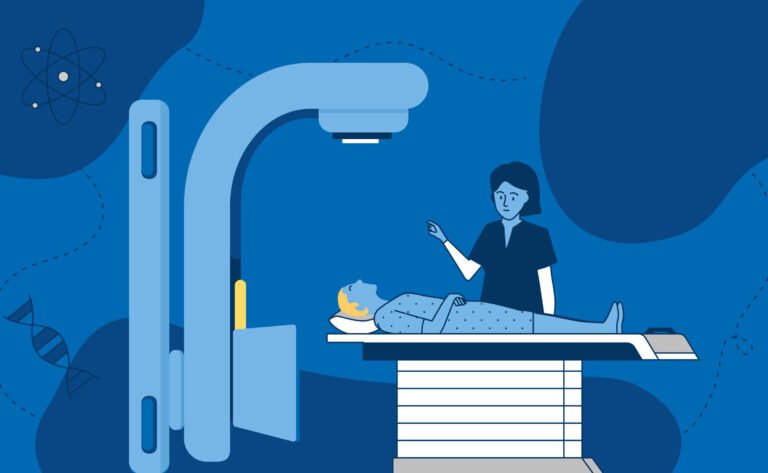
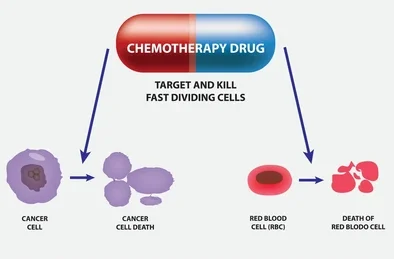
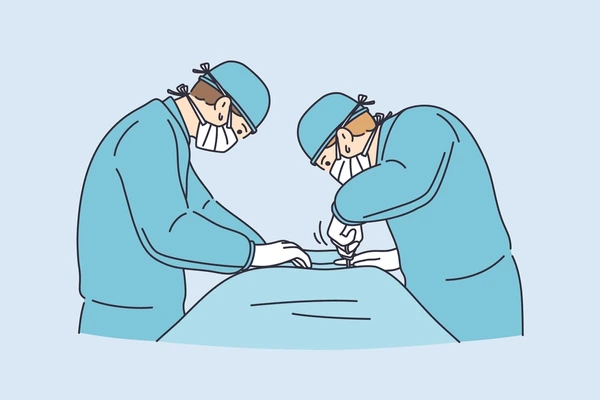
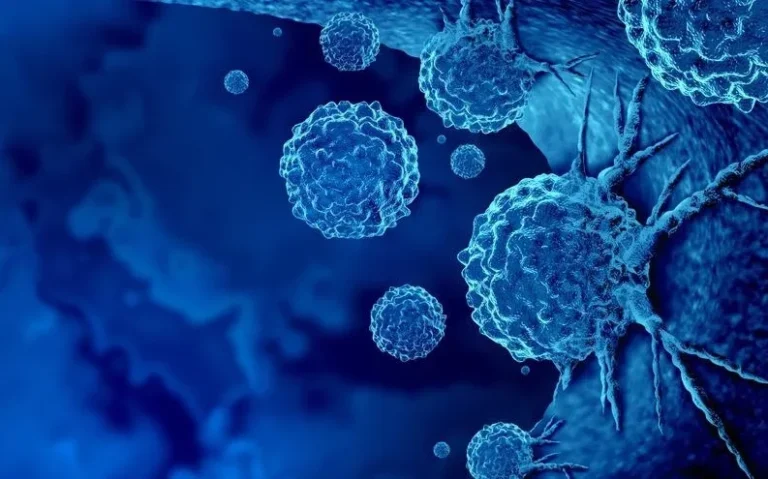

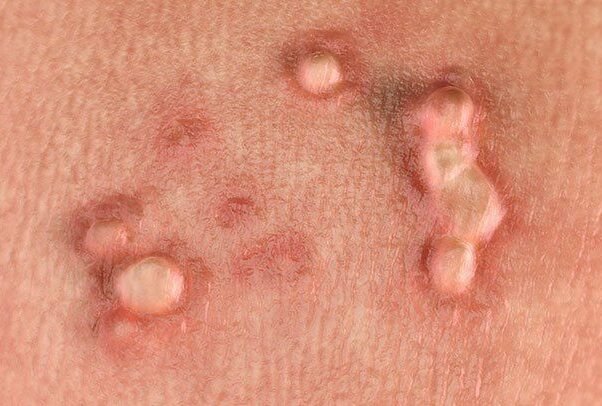
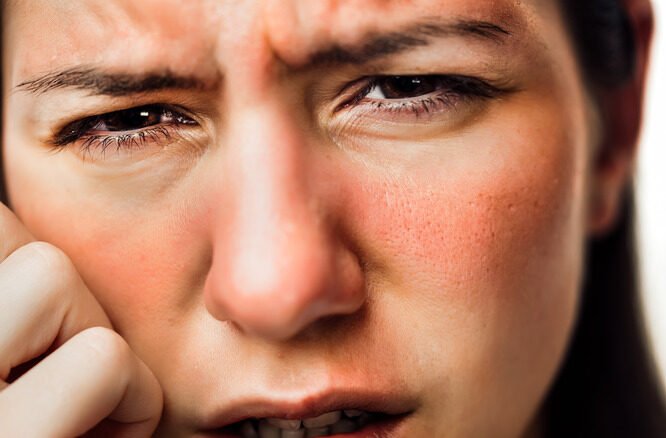
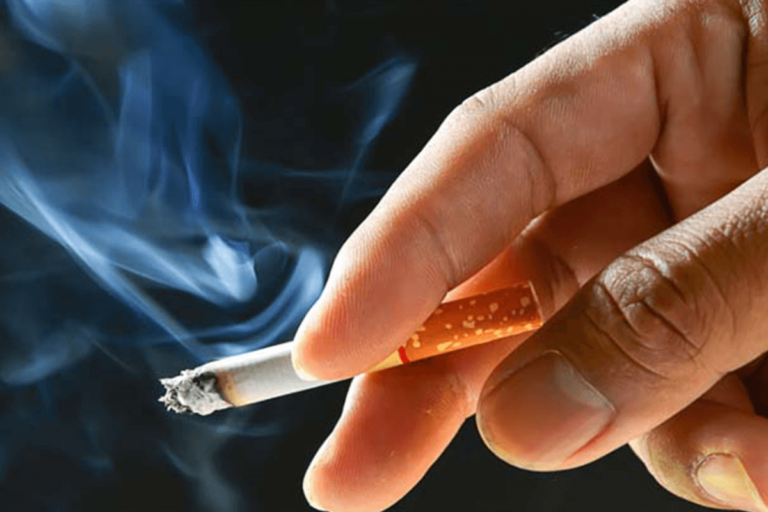
Why Does It Happen?
Cancer can happen for many reasons:
Smoking or tobacco
Too much sun without protection
Certain viruses (like HPV)
Unhealthy food and lifestyle
Family history (genes passed down)
Can It Be Treated?
Yes! Many cancers can be treated or even cured if found early. Common treatments include:
Surgery – cutting out the cancer
Medicine (Chemotherapy) – to kill cancer cells
Radiation – using powerful rays to destroy cancerImmunotherapy – helping your body’s own defense system fight cancer
